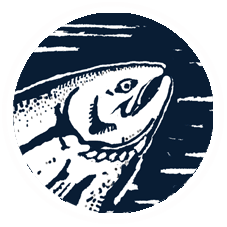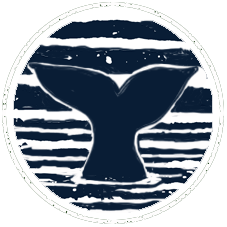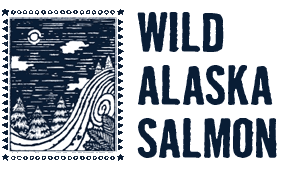
Alaskas legacy of responsible fishing
In this guide you will see how sustainable fishing works in Alaska:

Marine resources management
Those responsible for fishery in Alaska prohibit fishing too far from the coast, in areas where too many salmon heading for other rivers could be caught accidentally, and too close to the coast, in areas where there are large concentrations of salmon and are therefore excessively vulnerable.Alaska’s fishery resources management is adapted to the circumstances of each fishing season and day-to-day life, and those responsible for such management may allow or prohibit fishing in certain waters depending on the behaviour of the salmon, the water level and other circumstances.

Alaska Board of Fisheries
It is the body that sets the policy, regulations and allocation system for fisheries exploitation, and the Alaska Department of Fish and Game (ADFG) carries out biological research and executes the decisions of the ABF (Alaska Board of Fisheries).The main objective is to implement a policy of fishing exploitation known as “fixed escapement”. This means that the main managing objective is to ensure that sufficient numbers of salmon which have reached spawning maturity avoid being caught in the ocean by the fishing fleet and succeed in spawning in the rivers, so that salmon populations are maintained at a size which guarantees their long-term survival. The aim is to maintain the target spawning figures for all stocks of each species each year.

Salmon in Alaska and wildlife
The abundance of these predatory and scavenger species that depend on salmon is a living testimony of the success of Alaska’s salmon management policy. Salmon in Alaska is an important and integral part of the natural ecosystem in which these species live. Unlike in other parts of the world, Alaskan salmon populations are not threatened or endangered.







